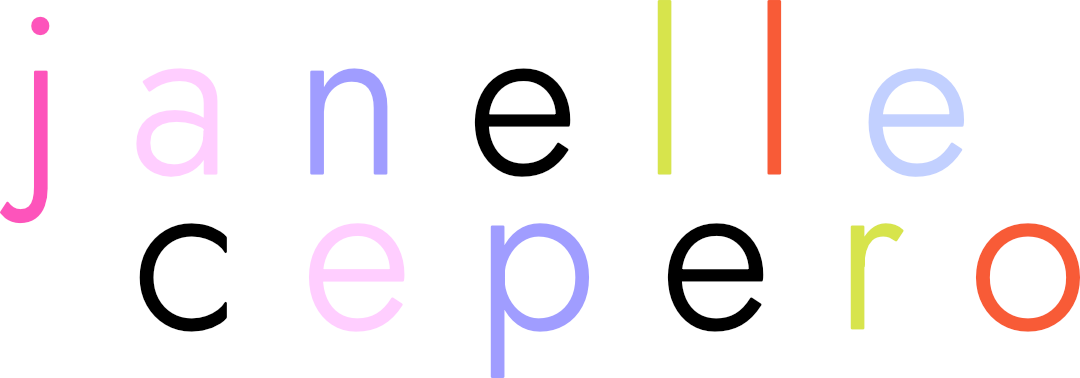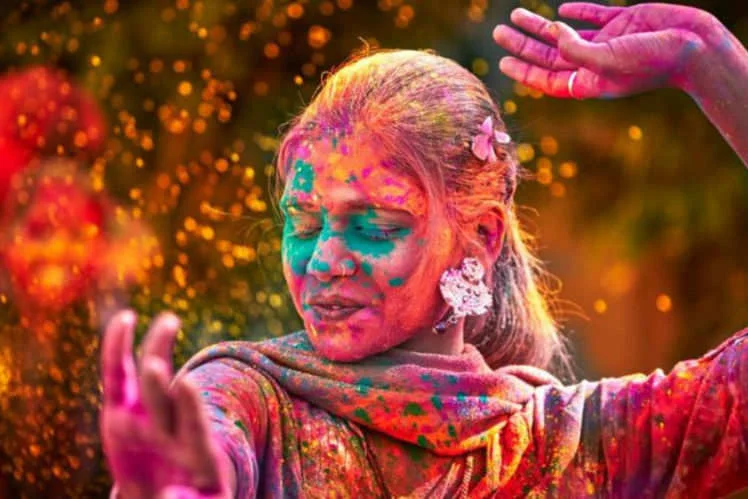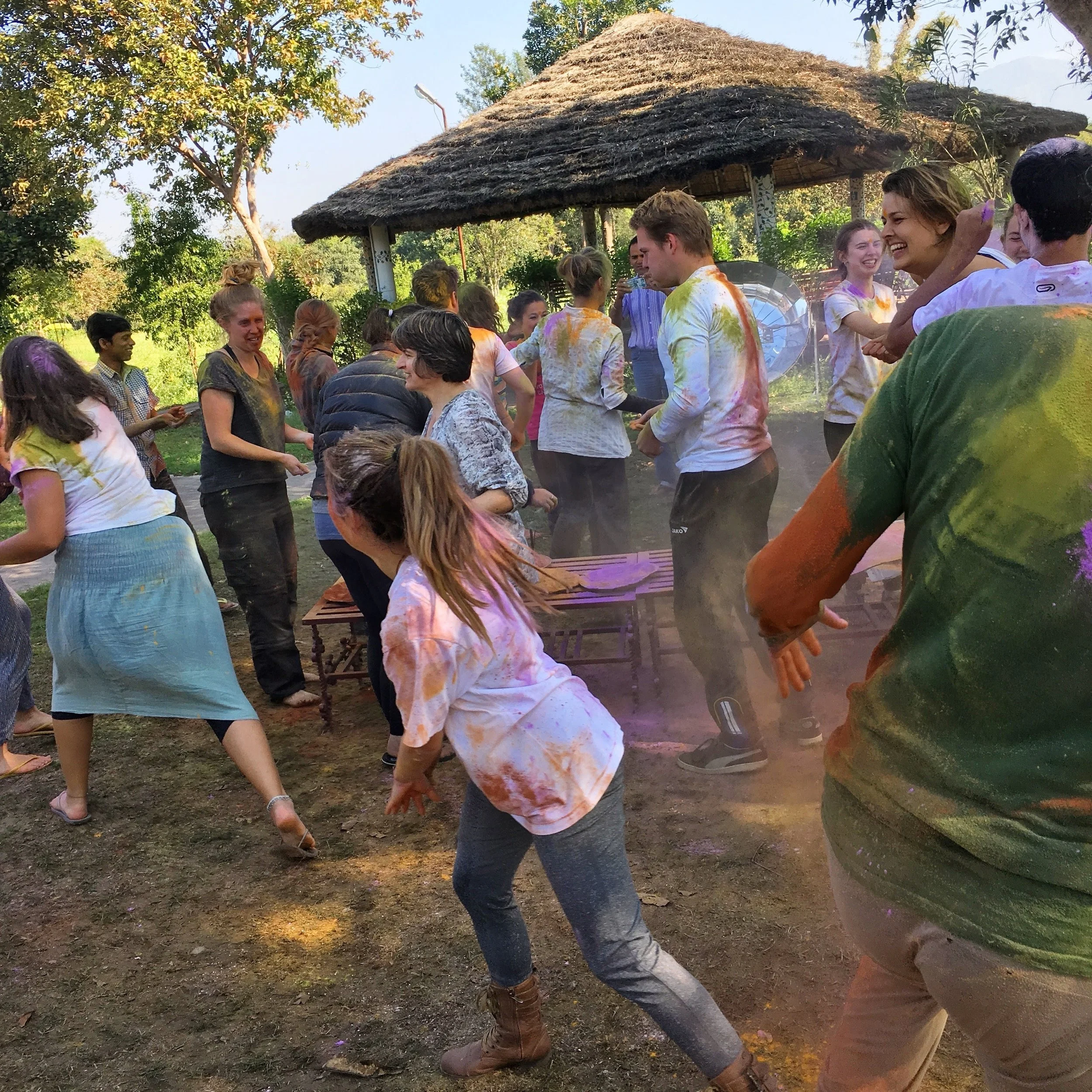Visualizing a Healthy Holi
Happy Holi! Today people all over India and the world are celebrating my favorite festival!
Holi! What is it?
Commonly referred to as the festival of colors, Holi is a Hindu spring festival in February or March in honor of Krishna. It marks the end of winter and commemorates the beginning of spring. It is the most vibrant of festivals in India, and in true Indian fashion, is tied to a legend:
The Story of Holika Dahan
“Legend has it that once, there was a powerful king named Hiranyakashipu. He was a devil and was hated for his cruelty. He considered himself to be God and wanted everybody in his kingdom to worship him like one. However, his own son, Prahlada, was a devotee of Lord Vishnu and refused to worship his father. Angry with the disobedience of his son, Hiranyakashipu tried killing his son a number of times, but nothing worked. He then asked his evil sister, Holika, for help. Holika possessed a special power of being immune to fire. So, to kill Prahlada, she tricked him into sitting with her on a pyre. But due to her evil intentions, her power became ineffective and she was burned to ashes. On the other hand, Prahlada gained this immunity and was saved. This is why the first day of Holi is celebrated as Holika Dahan and symbolizes the victory of good over evil.” - The Culture Trip
This is just one of a few legends of Holi, but the most popular.
So in addition to welcoming spring, holi also celebrates fertility, color, love, and the triumph of good over evil.
Holi is split into two main events: Holika Dahan and Rangwali Holi
Holika Dahan: The Bonfire
The night before the actual color fiesta is Holika Dahan, a ritual of burning pyres. A huge bonfire is created and people gather around to perform pujas (prayers), sing, dance, and celebrate the triumph of good over evil.
Rangwali Holi: The Festival of Colors
The second day of Holi is what you're envisioning when you hear the words “Festival of Colors”. Explosions of rainbow colors and smiling faces galore. Regardless of age, this party is a blast!
People all over the streets of India cover each other in gulal, a fine powder that comes in many different colors, while also being drenched in water. It’s messy, it’s wet, it’s wonderful!
source: whiskaffair.com
The Food
Now, it wouldn’t be much of a festival without some tasty treats. And in true Indian fashion, the food awakens your senses just as much as the colors do. Gujiya is the star of Holi! A deep-fried, sweet dumpling made with semolina, khoya, dry fruits and powdered sugar. Jalebi, Indian funnel cakes soaked in sugary syrup, is another popular treat enjoyed on Holi.
source: masala.com
The Problem
Oh, is there a problem here? Yes, yes there is.
What do you think gives gulal that vibrant color? Modern versions of the colored powder are made with lead oxide, cooper sulphate, aluminin bromide, mercury sulphite, and God knows what else.
Basically, this stuff is toxic as hell.
Not only are we rubbing this all over our sensitive skin, we’re also dumping it into the water supply, which eventually makes its way to the ocean. And let’s not forget the thousands of stray dogs calling the streets of India home, getting these chemicals into every hole of their body and then having to sleep on the debris for days, with no way of protecting themselves.
The harmful effects of toxic gulal is very real, ranging from an array of skin conditions to temporary blindness. Pregnant women have even been warned to avoid hitting the streets on Holi altogether.
A Solution
A lot of messaging has been released and shared to increase the awareness of toxic gulal, but India is a land of over 1 billion people and a lack of quality control keeps harmful colors in demand and in the market.
Now, the solution isn’t to NOT celebrate this cheerful event! Visiting India during Holi should be high on that bucket list of yours. The key is to:
A) Educate yourself (you is so smart!)
B) Find a place you can celebrate sans toxic colors
The reality is the streets of India are just not regulated on a day like this. It’s honestly impossible. You have no control of what some stranger is going to smear on your face while yelling “HAPPY HOLI”. Now, if this is your jam, by all means, YOLO! But please, take these precautions.
But if you’re anything like me, you’re a tad bit obsessed of what you’re putting in and on your body. Luckily for the overcautious, there are options.
Colors You Can Eat!
Before harsh chemicals and dyes took over Holi, colors were traditionally made from dried flowers, berries, herbs, and other plants. With the increased awareness around Holi colors, the trend seems to be pointing to those organic, color-producing roots.
Nowadays there are plenty of conscious manufactures producing non-toxic colored powder. Or, you can be the ultimate DIY-er, really get those hands dirty and make your own powder. That’s what I did, on a farm, in India.
Dr. Vandana Shiva, founder of Navdanya Farm
Navdanya Biodiversity Conservation Farm
Two Holis ago I had the absolute honor of attending a 3-Day Organic Holi Retreat on the grounds of Navdanya Biodiversity Conservation Farm, an organic farm on the foothills of the Himalayas in Northern India.
This farm is special. A biodiversity sanctuary, saving more than 500 varieties of seeds and trees. Navdanya’s mission is to protect India’s food heritage through saving and distributing seeds to local farmers, educating them on the benefits of fresh, organic produce, keeping the soil healthy thru organic practices, and conducting research on biodiversity and climate-change.
Fields of wildflowers as far as the eye can see, snow-peaked Himalayan mountains in the distance, clear blue skies everyday, sunny yet cool weather, the most exotic Indian birds chirping at sunrise, and the kindest locals that care about the land…that is Navdanya.
If this place sounds like an organic foodie’s heaven on earth…it is.
Navdanya loves having visitors and sharing their knowledge, which is why I immediately booked my stay when I found out they were having a non-toxic Holi festival on the farm.
I spent three days with like-minded individuals from all over the world, local farmers, and the team of Navdanya learning about seed-saving, harvesting ingredients, picking chamomile flowers for my afternoon tea, and eating every meal farm-to-table, Indian style.
We prepared our very own gulal using ingredients straight from the land.
Hibiscus was used for the pink/purple powder, fresh turmeric for yellow, beets for red, henna for orange, and blueberries for purple (go figure!). As you can see, the colors are not as vibrant as the toxic colors we associate with Holi. What a difference, huh?
We also played in the kitchen and prepared some of those traditional holi sweets, gujiya and jalebi. Getting your hands on some freshly fried, sticky Indian sweets also needs to be high on your bucket list.
On Holika Dahan, the night before Holi, we lit a HUGE bonfire, said our silent prayers, sang some witchy songs, sorta-kinda danced, but really sat in silence under the full moon and contemplated the shit out of life. I could confidently say we all felt a sense of purification sweep over that night. Magic.
The next morning we began the festival with prayers (prayers for everything in India…I love it) and then it was game on! Lots of smearing and splashing and giggling. Get as dirty as you can was the mission of the day. We ended the festivities with a face stuffing extravaganza of our homemade Indian empanadas. Yum.
No one had to run to a makeshift urgent care because of temporary blindness. No fishies or doggies harmed. No pregnant women denied entrance.
I will say, celebrating Holi in Navdanya didn’t feel as authentic of an experience had I been in the streets of India, BUT it was such a conscious way of celebrating Holi that I’d do it again and again and again before hitting the streets.
So much thought and love went into preparing this celebration, and every individual on that farm played a vital role in creating the most memorable festival experience!
One I will never forget.
Have you ever celebrated Holi? Is it in your bucket list? Share with me in the comments below!















